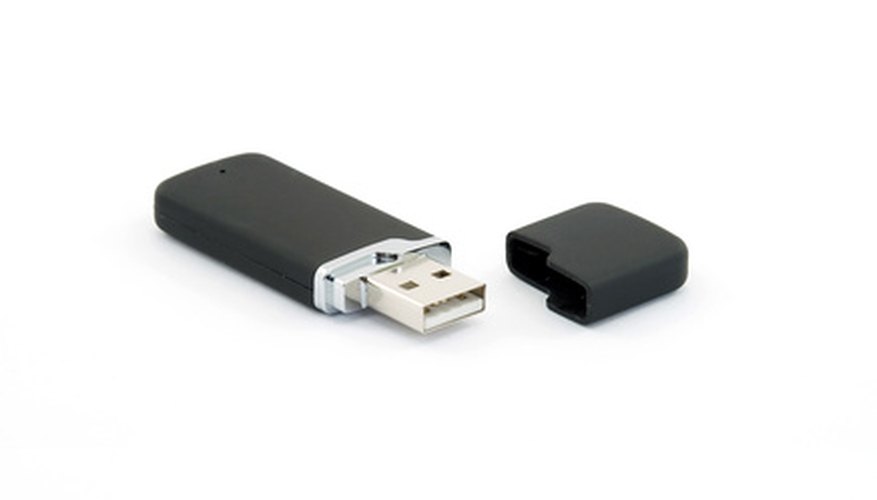Universal Serial Bus (USB) memory sticks offer a convenient and portable way to store and access data from your computer externally. Unlike traditional hard drives, USB memory sticks use solid-state storage. That means there are no moving parts that can be broken by dropping the drive, making the UBS memory sticks much more durable. To read files on a USB memory stick, ensure the format is compatible, the appropriate programs are installed, and the software drivers are updated.
Plug the memory stick into multiple USB ports until your computer indicates with a sound and message that the device is ready. Some USB ports might not be compatible with the memory stick's plug-and-play drivers, so it is important to test several ports until you find one that works.
Open the USB memory stick directory by double-clicking on that device from the Computer panel. You can access the Computer panel by clicking on "Computer" in the Start menu. Typically, the USB memory stick directory will be located under the "Devices with Removable Storage" heading in the Computer panel.
- Universal Serial Bus (USB) memory sticks offer a convenient and portable way to store and access data from your computer externally.
- Typically, the USB memory stick directory will be located under the "Devices with Removable Storage" heading in the Computer panel.
Open the file you want to read by double-clicking it. If the file does not open automatically, or you want to use a specific program to access the file, right-click on the file, then click on "Open with," and click on "Choose default program..." to select a specific program.
